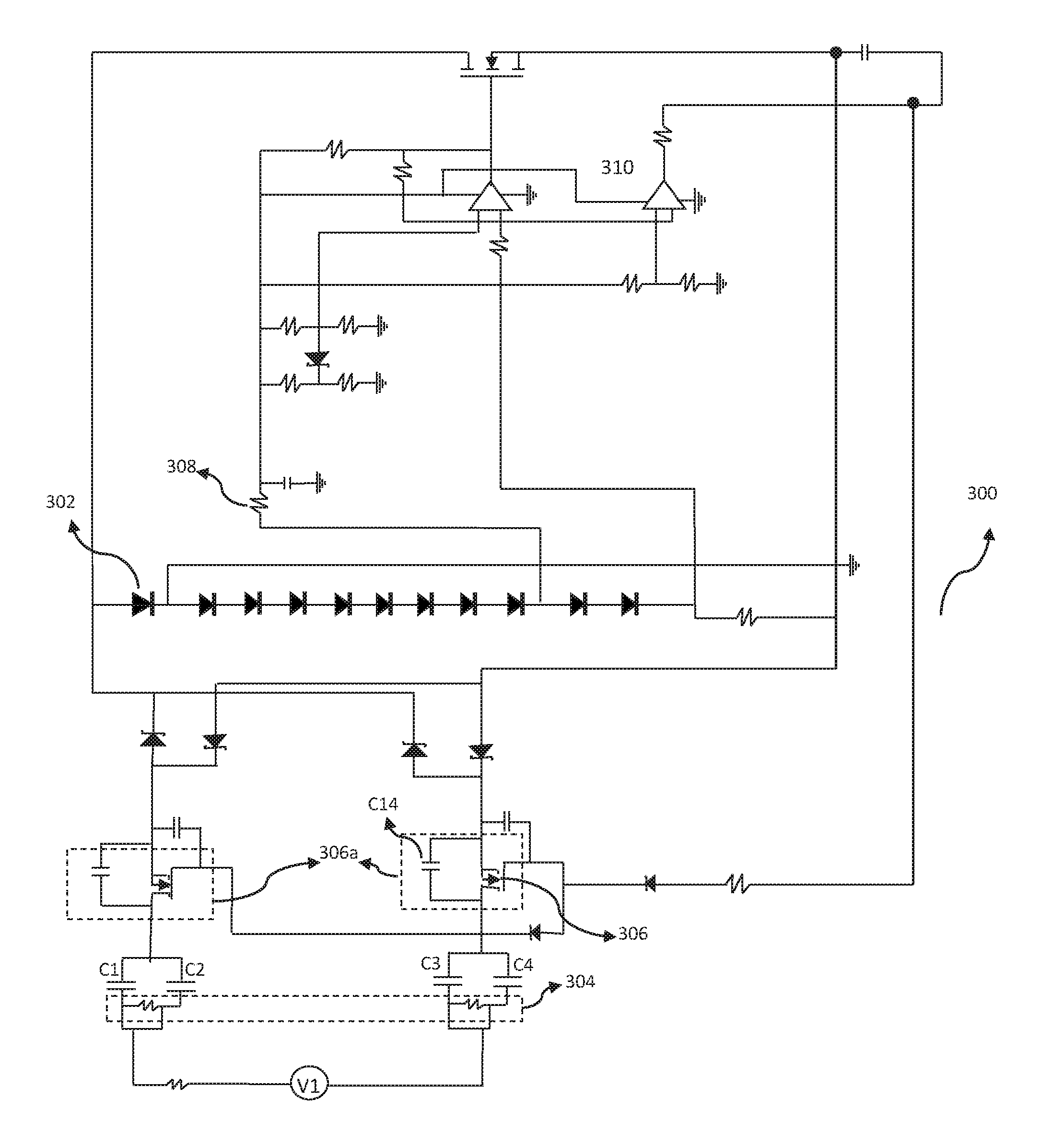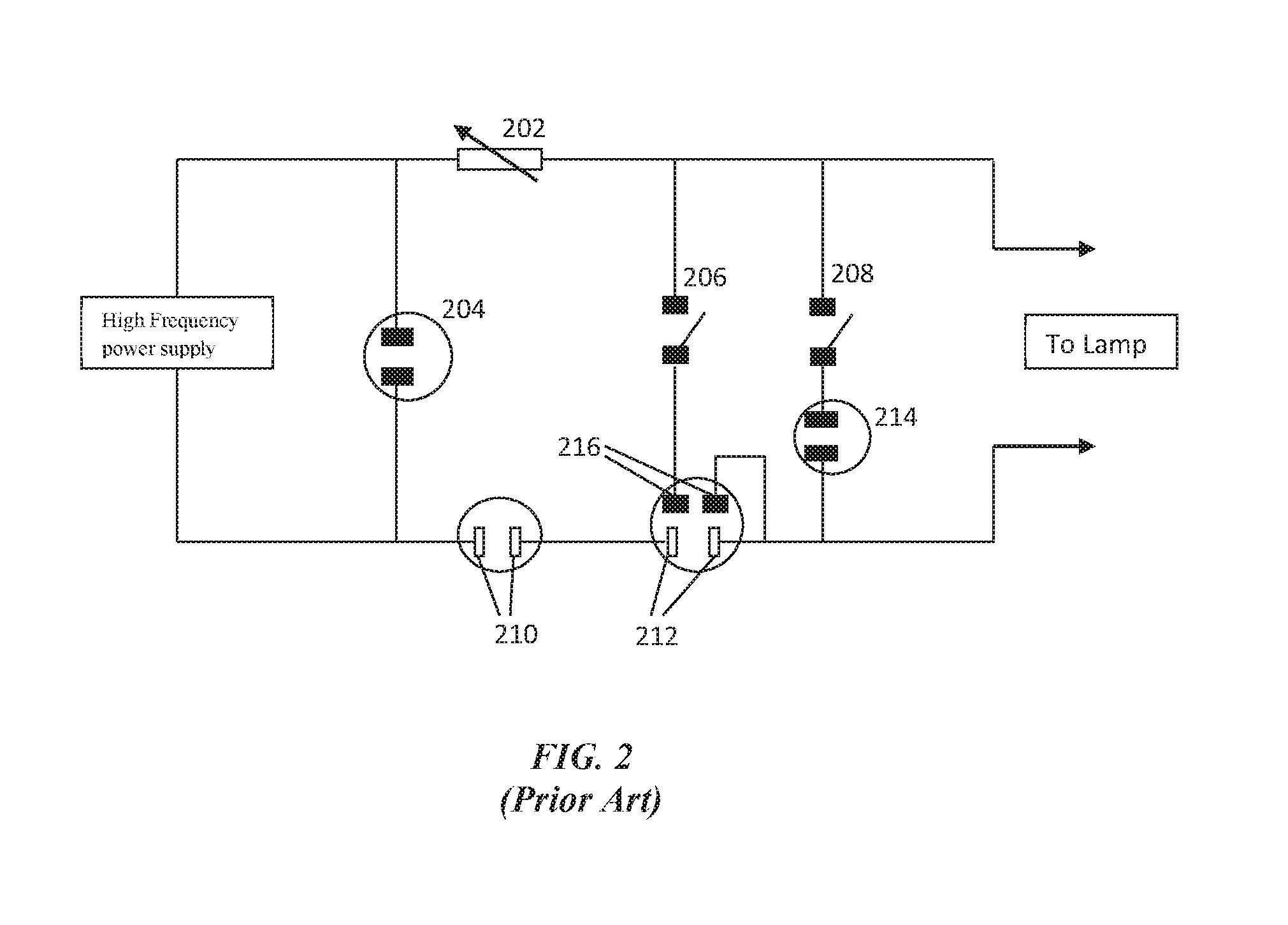ANSI reference ballast compliance circuit for LED retrofit lamps
a technology of retrofit lamps and ballasts, applied in the direction of semiconductor lamps, light sources, lighting and heating apparatus, etc., can solve the problems of traditional lamp circuits, prior art technology does not disclose the design circuit, and cannot teach the maintenance of retrofit compatibility, so as to maximize the compatibility and efficient replacement
- Summary
- Abstract
- Description
- Claims
- Application Information
AI Technical Summary
Benefits of technology
Problems solved by technology
Method used
Image
Examples
Embodiment Construction
[0026]In the following detailed description of embodiments of the invention, numerous specific details are set forth in order to provide a thorough understanding of the embodiment of invention. However, it will be obvious to a person skilled in art that the embodiments of the invention may be practiced with or without these specific details. In other instances well known methods, procedures and components have not been described in detail so as not to unnecessarily obscure aspects of the embodiments of the invention.
[0027]Furthermore, it will be clear that the invention is not limited to these embodiments only. Numerous modifications, changes, variations, substitutions and equivalents will be apparent to those skilled in the art, without parting from the spirit and scope of the invention.
[0028]The present invention provides an LED lamp operating through a dual mode electrical circuit 300 that enables the LED lamp to have maximum compatibility with the UL ANSI ballasts available in t...
PUM
 Login to View More
Login to View More Abstract
Description
Claims
Application Information
 Login to View More
Login to View More - R&D
- Intellectual Property
- Life Sciences
- Materials
- Tech Scout
- Unparalleled Data Quality
- Higher Quality Content
- 60% Fewer Hallucinations
Browse by: Latest US Patents, China's latest patents, Technical Efficacy Thesaurus, Application Domain, Technology Topic, Popular Technical Reports.
© 2025 PatSnap. All rights reserved.Legal|Privacy policy|Modern Slavery Act Transparency Statement|Sitemap|About US| Contact US: help@patsnap.com



